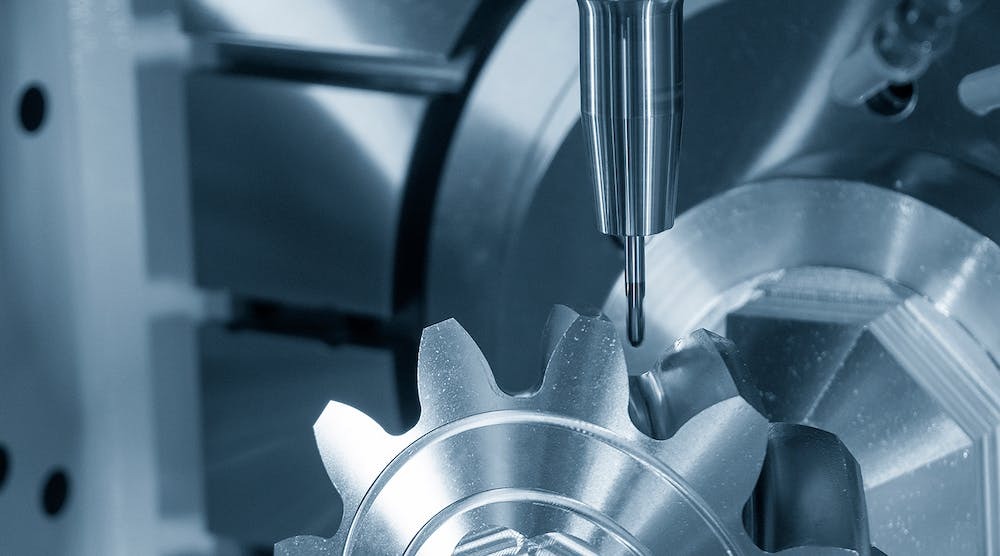Asserting that production volumes and new-order levels are up, and that supply shortages and lockdowns are no longer concerns, the world’s third-largest machine-tool sector forecasts a total volume over $16 billion for the current year.
German machine tool builders have recovered from the market disruptions and material shortages inflicted on the manufacturing sector since 2020, and are preparing for a recovery in 2023, according to a forecast issued by their trade association. VDW, the German Machine Tools Builders’ Assn., estimated a 9% rise in machine-tool production this year, with a total volume €15.5 billion (est. $16.05 billion.)
“We have largely overcome the effects of the pandemic,” according to VDW chairman Franz-Xaver Bernhard. “This is reflected in the growth in production and in the order levels, which are only just short of the record result of 2018.”
VDW members comprise one of the largest components of that country’s mechanical engineering sector – and the third-largest machine-tool manufacturing industries in the world, with 64% of its products exported to markets in Europe and around the world.
In addition to the indicators cited by Bernhard, the group’s members started 2023 with a large order backlog of orders, up to 12 months according to German federal statistics. “This means that companies are well placed to weather any slump in orders in the first half of 2023, as suggested by the most recent figures,” explained Bernhard.
Also, capacity utilization is rising, up to 91.1% in January, according to VDW.
VDW also cited macroeconomic factors favoring growth in machine-tool production, specifically the leveling in energy and commodity costs and the end of Covid-pandemic lockdowns in China.
Industrial capital expenditures rose worldwide in 2022 for the third straight year, including in Germany.
“The machine tool industry has taken advantage of the transformation process among automotive manufacturers and redoubled its efforts to diversify its customer structure. According to our customer structure survey, the share of the automotive sector fell from almost 43% in 2019 to around 31% in 2021,” Bernhard noted. The machine-tool builders have gained market share with engineering and metal-cutting/metal-forming industries as a result.
According to VDW, German machine tool production grew by 10% last year, three points more than had been expected in the fall. This corresponds to a real increase of 3% and a volume of around EUR 14.1 billion. “At last, more machines can now be completed and delivered, because the supply situation for many metal components has improved,” Bernhard said.
From that 2022 output, VDW members’ domestic sales grew 16.0% year-over-year, twice as fast as the growth rate for exports. Exports to Europe declined, particularly due to the Russia-Ukraine war, while exports to China were negatively impacted by Covid-19 lockdowns there.
VDW reported overall export growth to Asia, up 11% year-over-year, with strong export growth to Thailand, India, Japan, and South Korea.
German machine-tool exports to the U.S. – VDW members’ second-largest export market, at 14.7% of all the total –are gaining in importance to those manufacturers.

